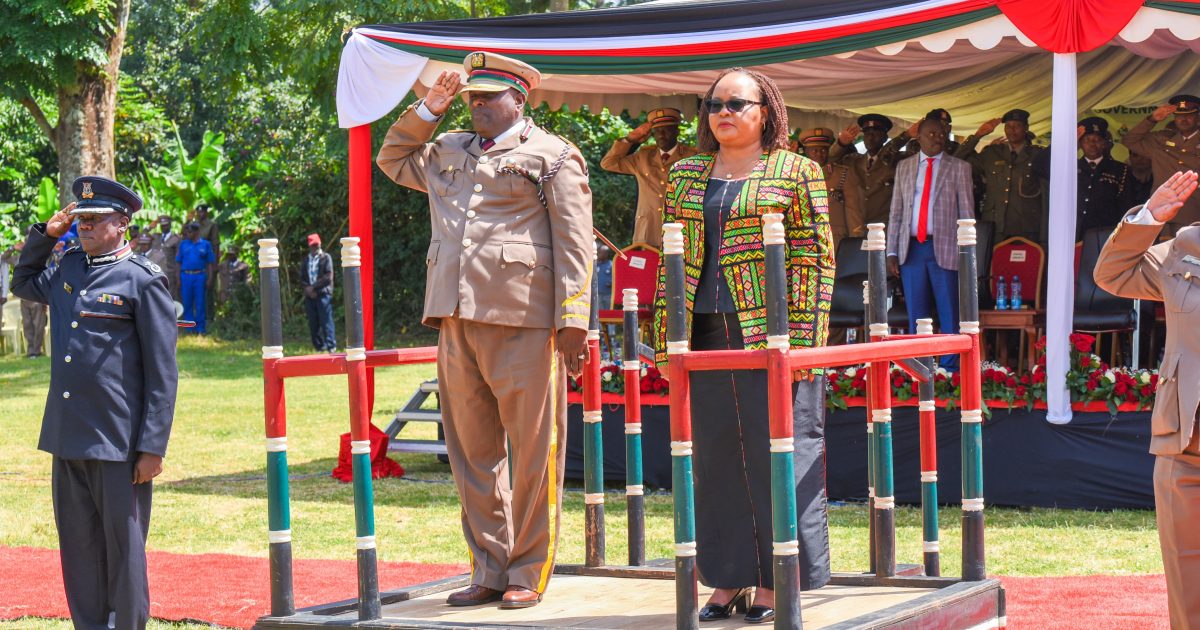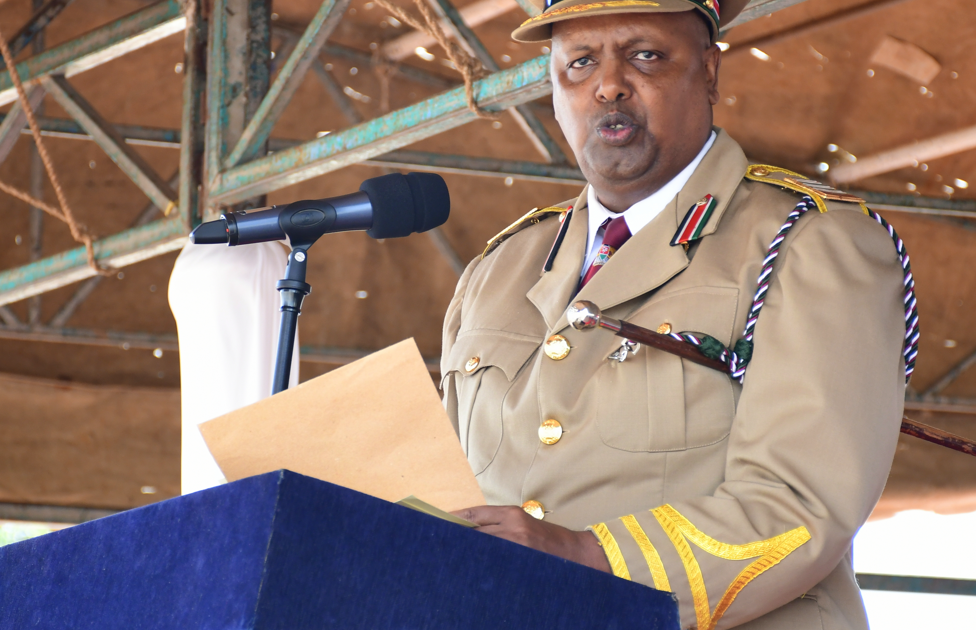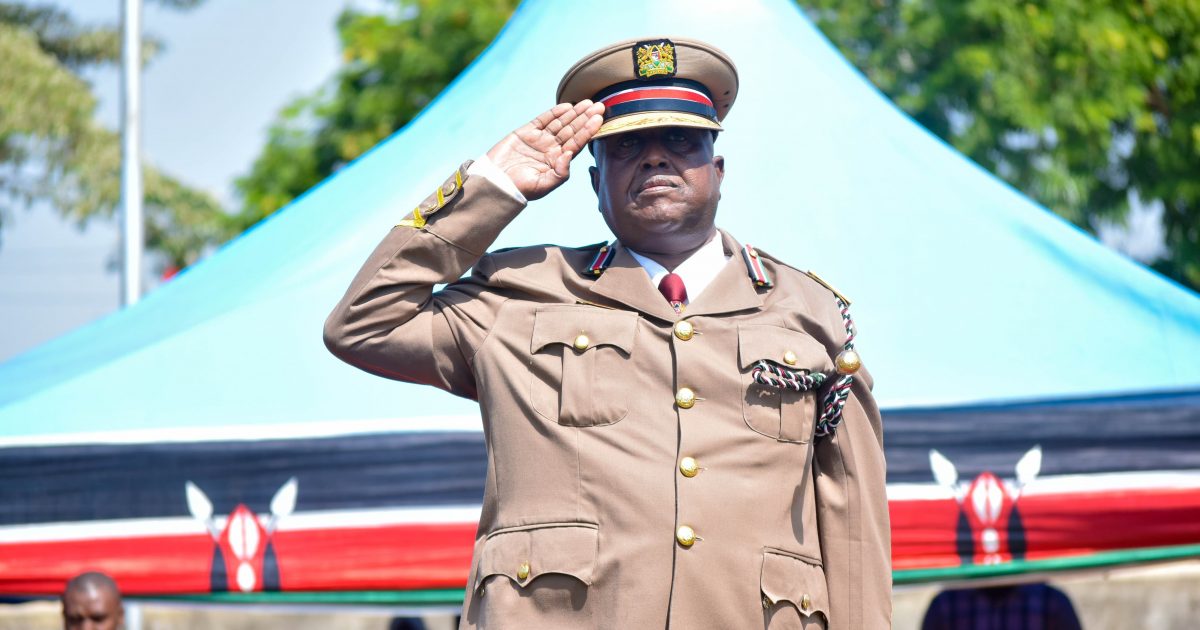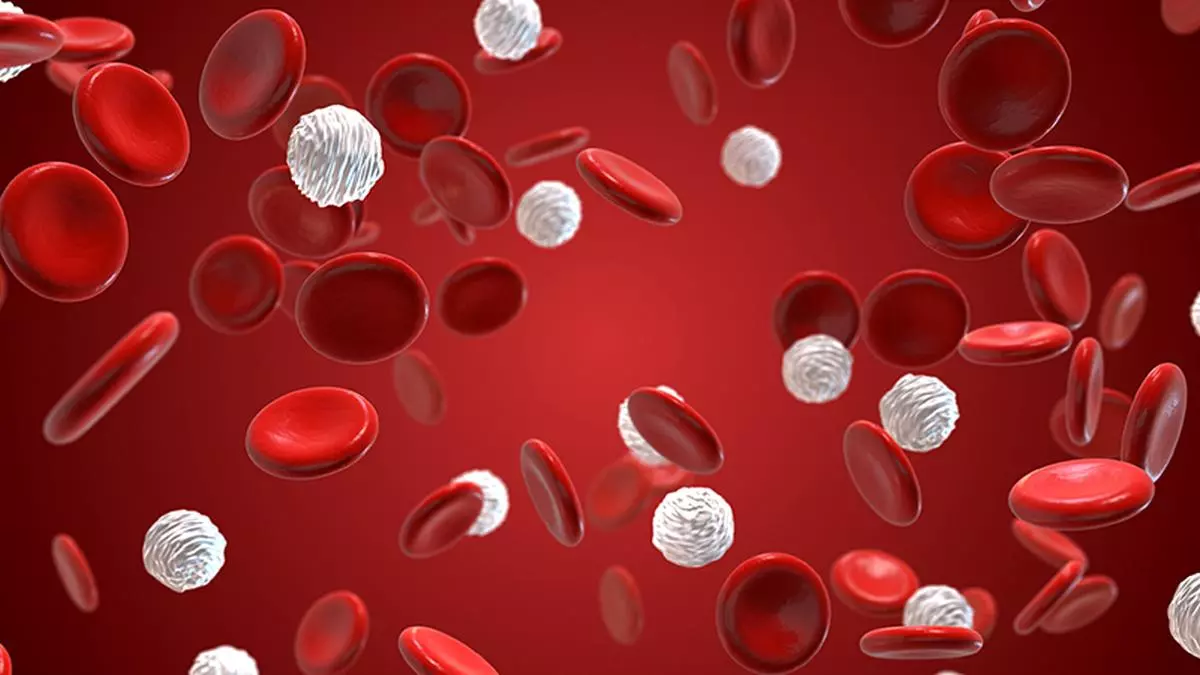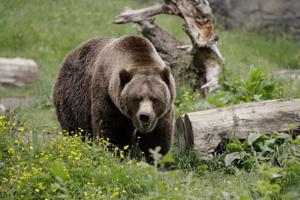
SEATTLE — The federal government plans to restore grizzly bears to an area of northwest and north-central Washington, where they were largely wiped out. Plans announced in late April by the National Park Service and U.S.
Fish and Wildlife Service call for releasing three to seven bears a year for five to 10 years to achieve an initial population of 25. The aim is to eventually restore the population in the region to 200 bears within 60 to 100 years. Grizzlies are considered threatened in the Lower 48 and currently occupy four of six established recovery areas in parts of Montana, Idaho, Wyoming and northeast Washington.

The bears for the restoration project would come from areas with healthy populations. Colorado Parks and Wildlife rejects pleas from ranchers to kill wolves attacking livestock There has been no confirmed evidence of a grizzly within the North Cascades Ecosystem in the U.S.
since 1996, according to the agencies. The greater North Cascades Ecosystem extends into Canada but the plan focuses on the U.S.
side. According to the park service, killing by trappers, miners and bounty hunters during the 1800s removed most of the population in the North Cascades by 1860. The remaining population was further challenged by factors including difficulty finding mates and slow reproductive rates, the agency said.
The federal agencies plan to designate the bears as a "nonessential experimental population" to provide "greater management flexibility should conflict situations .



